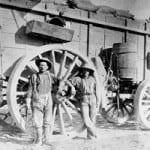 How we Transported our Goods, Beer and Liquor Back Then
How we Transported our Goods, Beer and Liquor Back Then
30 August 2012 (R•040915) (R•041815) (R•061617) (R•102618) (R•040119 – Moxie Wagon)
![]() As you may have noticed of late, I have been developing a number of posts dealing with historical photographs. It started earlier this year with glass houses and factories, boys that worked in glass houses and then moved on to a series of historical drinking photographs. I really enjoy looking and studying all of these old pictures. Today I posted some great photographs of primarily transport wagons.
As you may have noticed of late, I have been developing a number of posts dealing with historical photographs. It started earlier this year with glass houses and factories, boys that worked in glass houses and then moved on to a series of historical drinking photographs. I really enjoy looking and studying all of these old pictures. Today I posted some great photographs of primarily transport wagons.
I am sitting in the building in the next three pictures below, typing this post now. These are my design offices in downtown Houston in the historic Wagon Works building.
Read More: Glass Works and Glass Factories – Hell on Earth?
Read More: Boys in Glass Houses – Taking on the Mannerisms of Men
Read More: Photographs of People Drinking
Read More: Photographs and Images of People Drinking – Part II
Read More: Photographs and Images of People Drinking – Part III
Read More: Photographs and Images of People Drinking – Part IV (Brewing)
Read More: United States in the 1800′s and early 1900′s
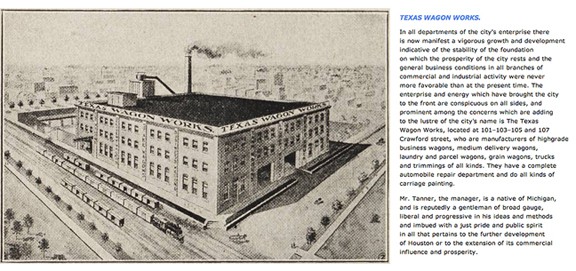
Texas Wagon Works before becoming Eller Wagon Works (see below). My design offices for FMG Design are located within this building. The train tracks are beneath the paved street now.
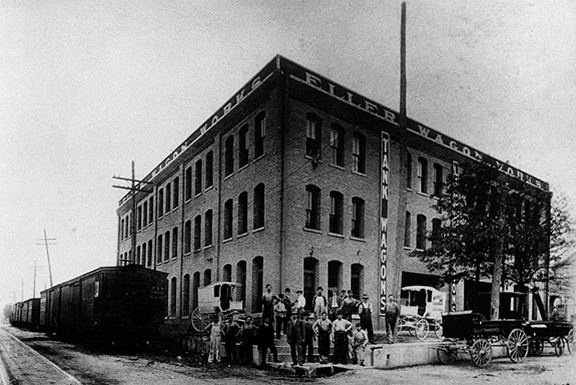
Eller Wagon Works building – Circa 1910. My design offices for FMG Design are located within this building. You can still see the faded graphics on the facade of the building. So cool. I’m sitting the first floor corner in between the two white wagons. – photo FMG
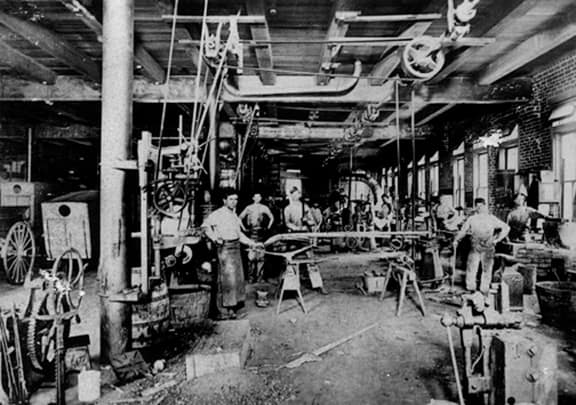
Eller Wagon Works is actual FMG studio space – Circa 1910. My design offices for FMG Design are located within this EXACT space. I am looking at those same steel columns and windows now as I write. No dirt floors though. – photo FMG
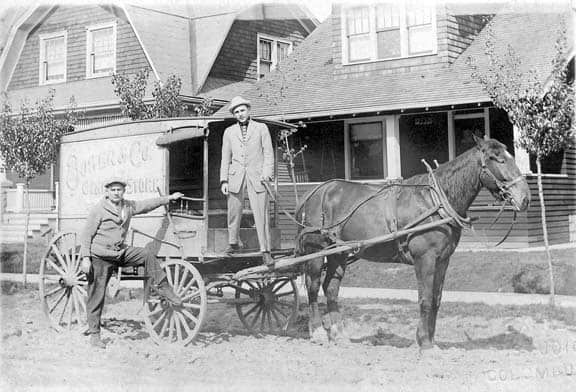
Bower & Company General Store – In 1914 the Bower & Company General Store was located at 2643 North High Street, Clintonville, Ohio. This is their delivery wagon around 1914.
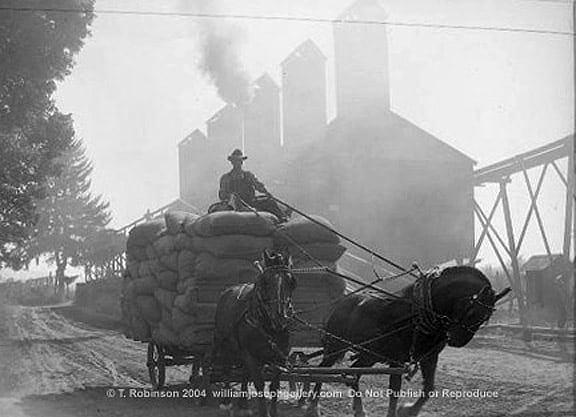
Historic photo of a wagon of Green Brewer’s Hops at a Newberg, Oregon, Willamette River Valley farm in 1939 – photo by Al Monner
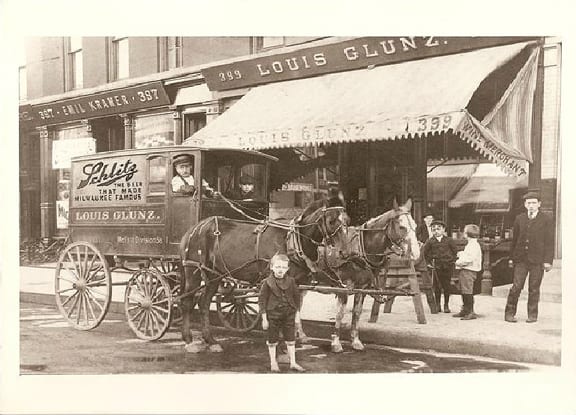
Beer delivery wagon for Louis Gluntz. Notice the Schlitz graphics on the side of the wagon. – photo Steve Ketcham
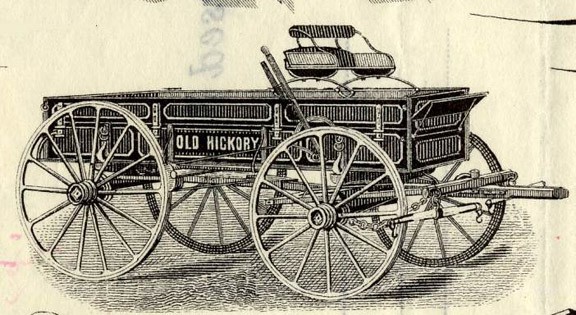
Kentucky Wagon Manufacturing Company (Old Hickory Wagon vignette). From a beautifully engraved certificate from the Kentucky Wagon Manufacturing Company issued in 1914.
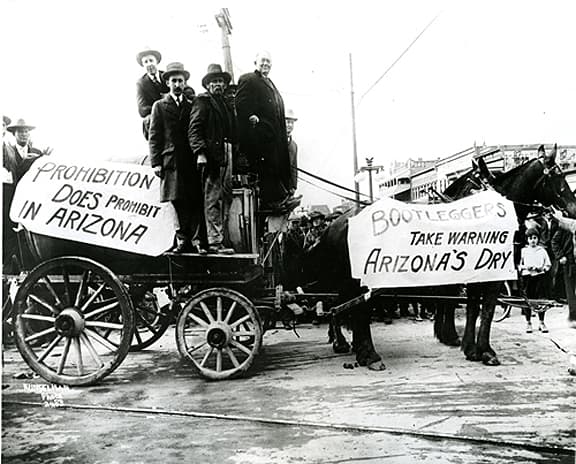
A pro-prohibition horse-drawn wagon in a parade in Phoenix – circa 1916. Bootlegger’s Take Warning, Arizona’s Dry.
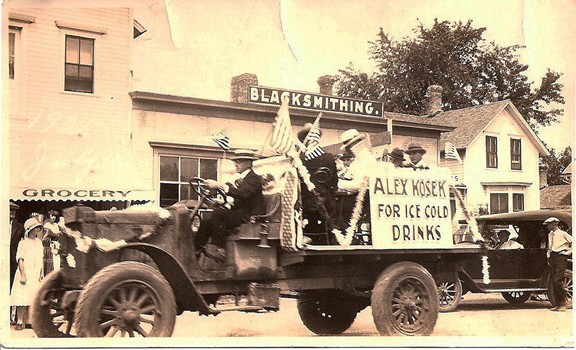
A bit blurry since the photo subject was moving in a parade. We have no idea where this one was taken. – photo Steve Ketcham
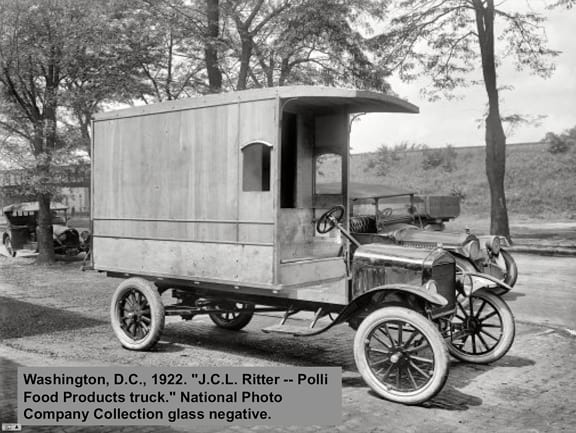
Washington, D.C. 1922. “J.C.L. Ritter – Polli Food Products truck.” – National Photo Company Collection glass negative
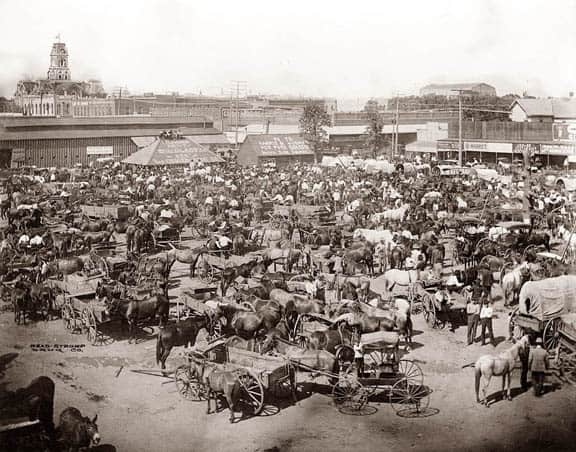
This photograph was taken in the latter part of the 1800’s, and shows the market square in Cleburne, Texas.
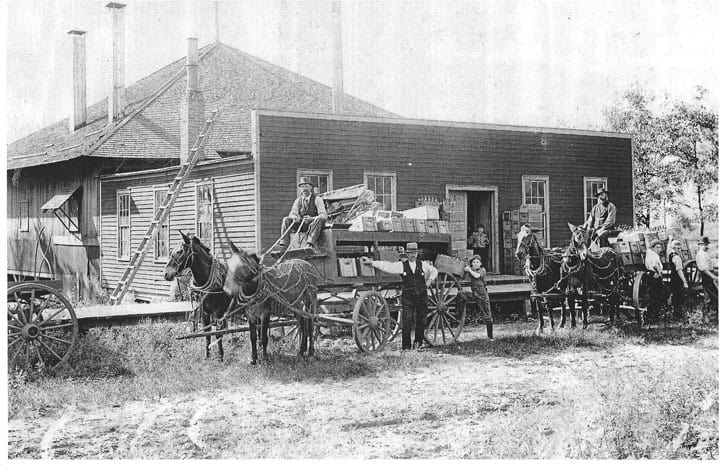
The original Mayer Bottling Plant. Charles Mayer is standing in front of wagon with hat and vest on. The wagon to the right appears to be driven by Joseph Drackert. He owned the Drackert delivery, hauling and storage company in Hammond and delivered the bottles for Charles. The two young boys are probably Charles’ sons. ** (Hammond Brewing Co. Indiana)
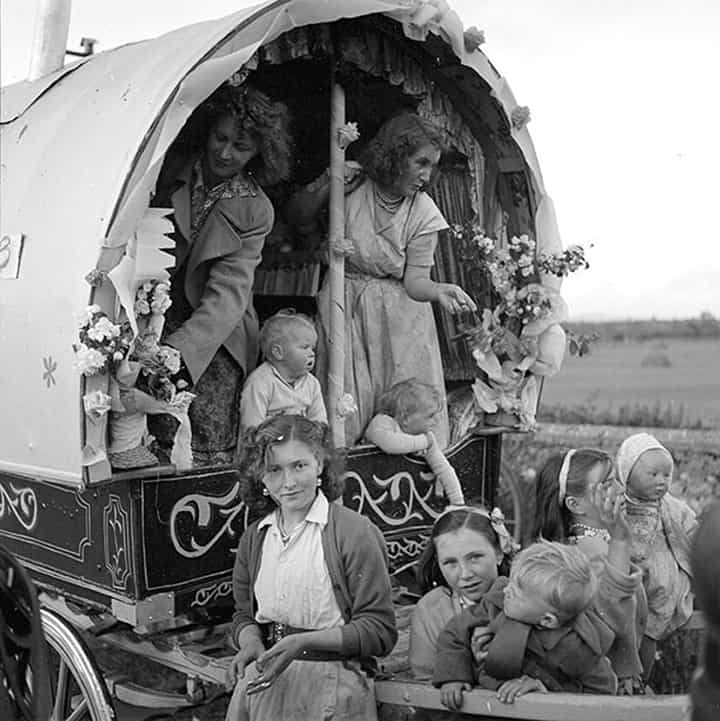
Irish Travellers also called pavees, tinkers or gypsies, are a traditionally itinerant ethnic group who maintain a set of traditions. Although predominantly English speaking, some also use Shelta and other similar cants. They live mostly in Ireland as well as having large numbers in the United Kingdom and in the United States. Their origin is disputed. Around 10,000 people in the United States are descendants of Travellers who left Ireland, mostly during the period between 1845 and 1860 during the Great Famine. About 2,500 of them live in Murphy Village, a community outside North Augusta, South Carolina. [Wikipedia]

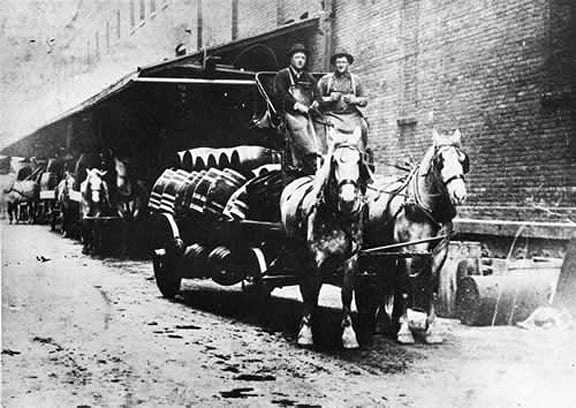
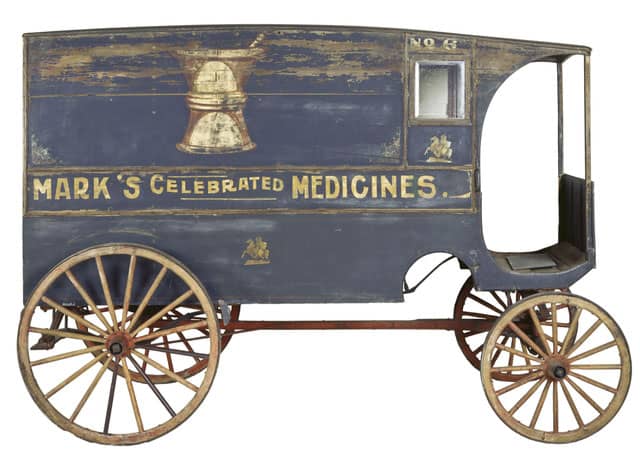
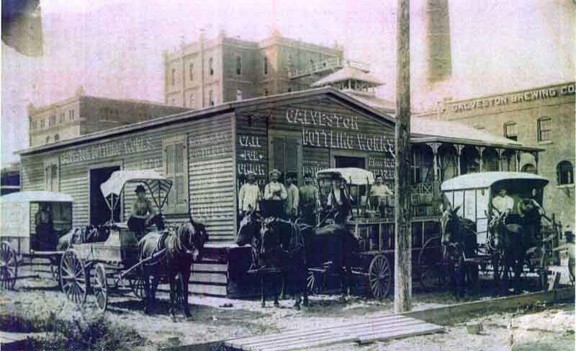
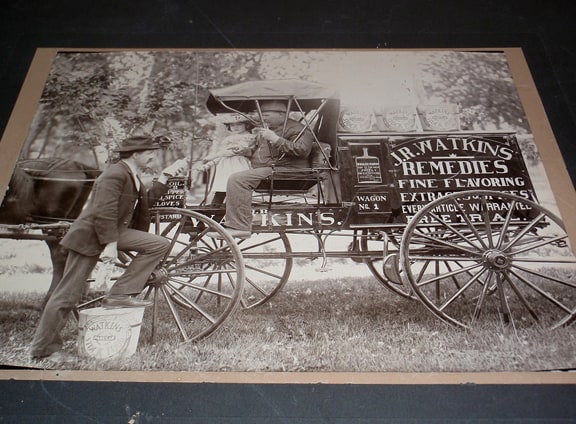
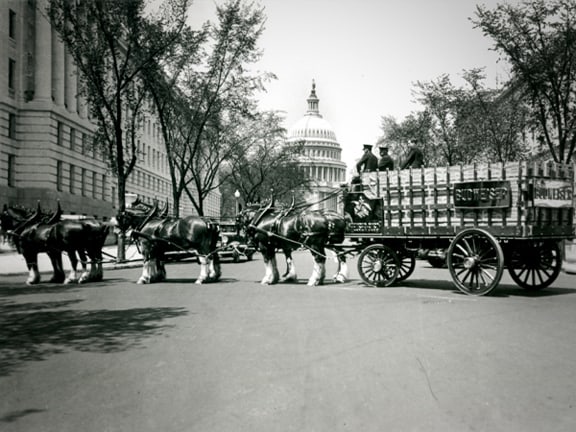
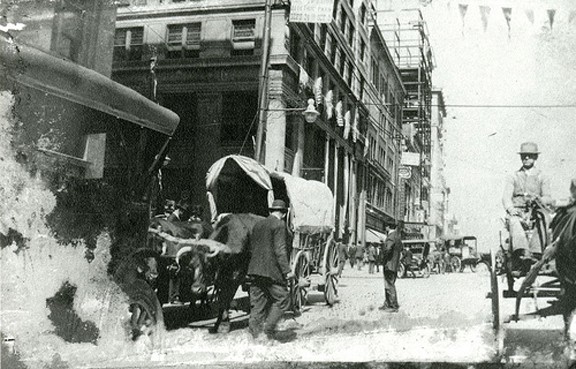
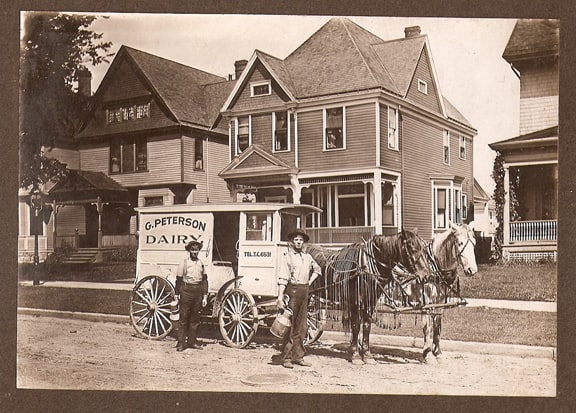
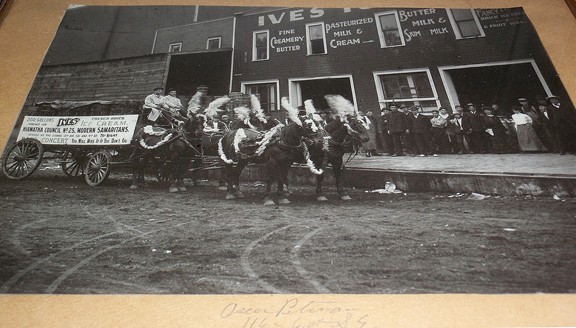
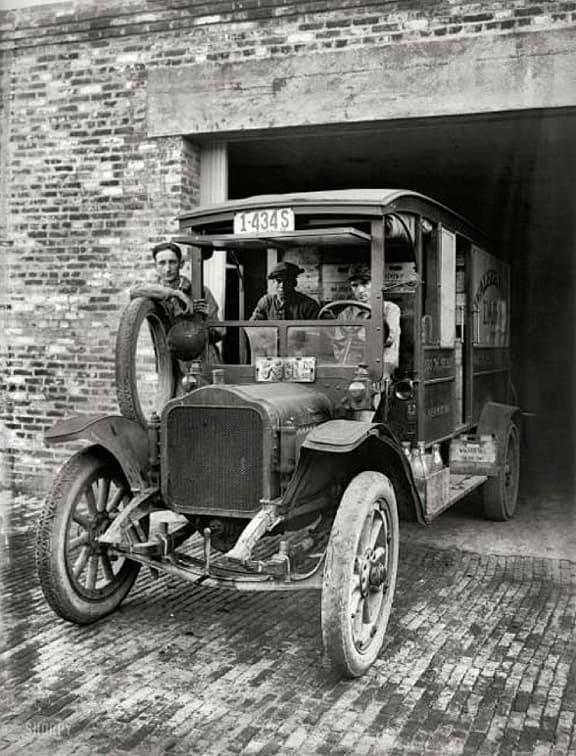
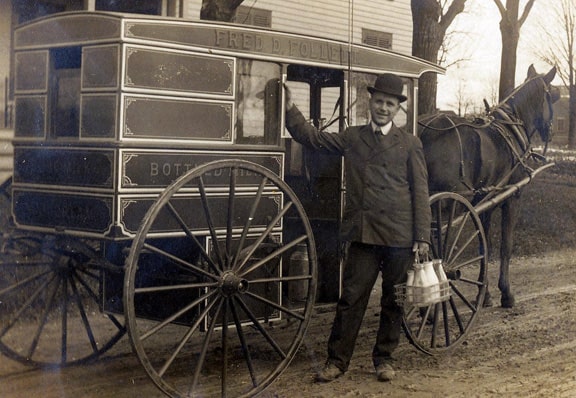
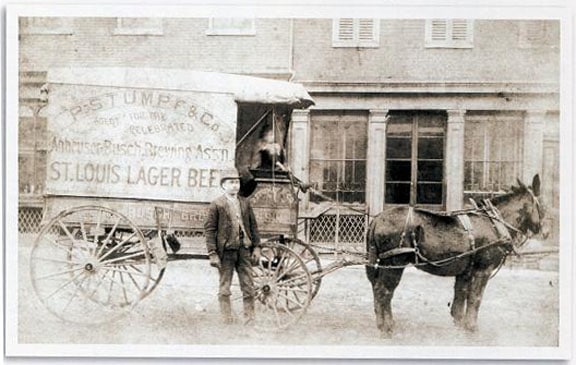
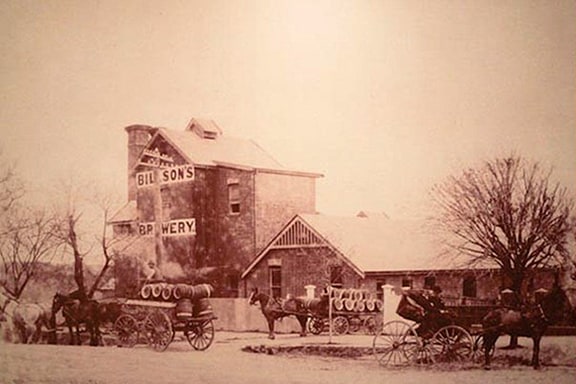
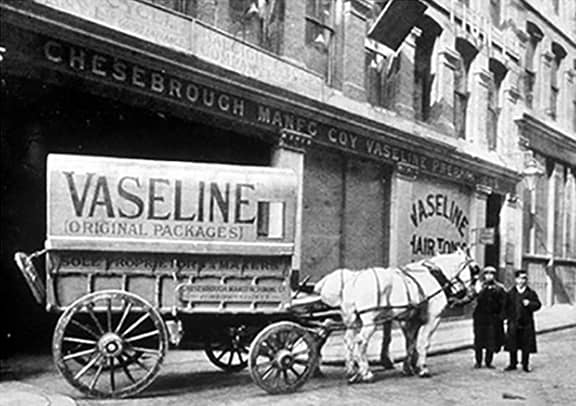
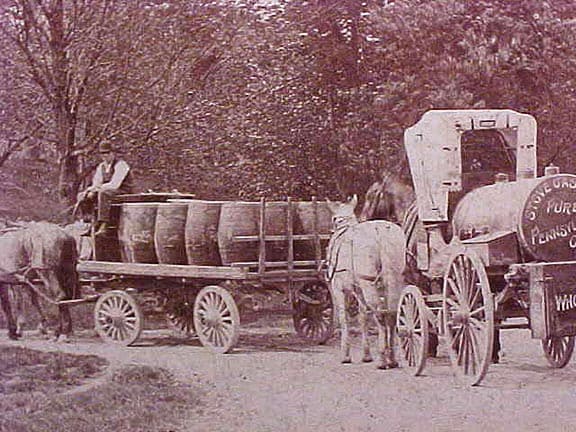
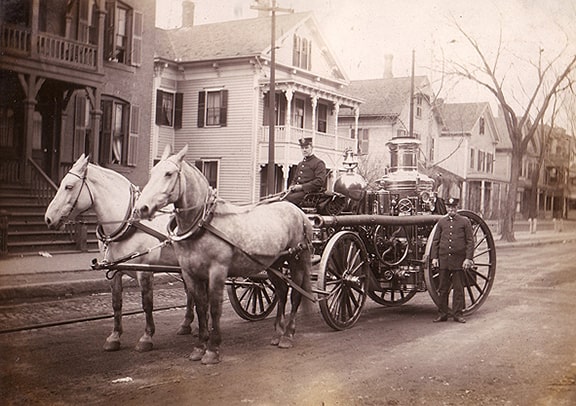
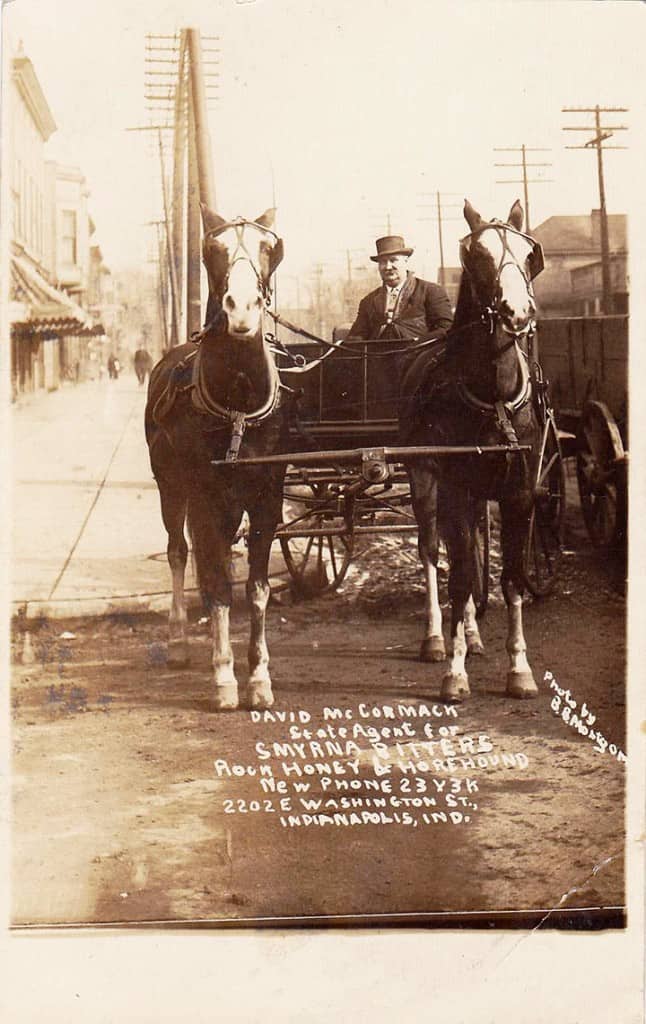
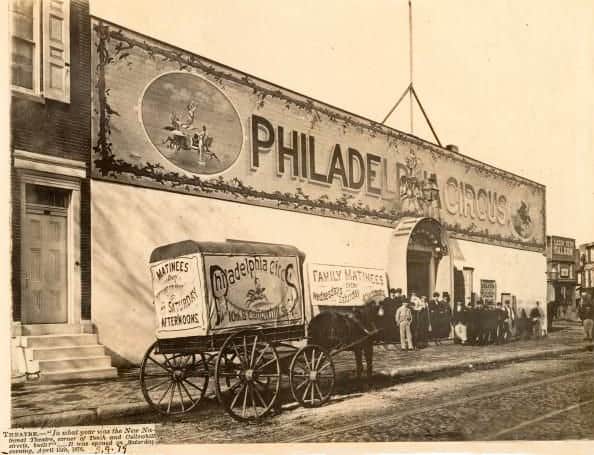








Hello,
My name is Kate Mayer and I read with great interest your letter from a Mr. John Bertalan from Giessen, Germany, commenting on your article about early transport. Chas. Mayer was my father’s grandfather and I know he would be extremely happy if he were able to contact Mr. Bertalan and exchange stories and information about their common ancestry. Would you mind contacting and then forwarding this message to Mr. Bertalan so that he would be able to contact me if he was interested? My email address is etakreyam@gmail.com.
Many thanks for your work and interesting and informative articles and, hopefully, a contact with Mr. Bertalan.
Kate Mayer